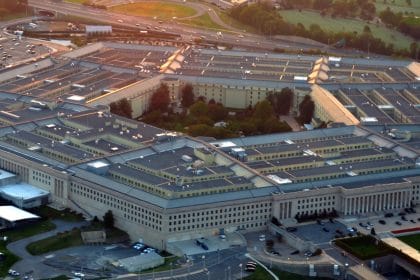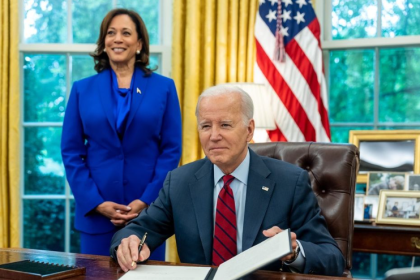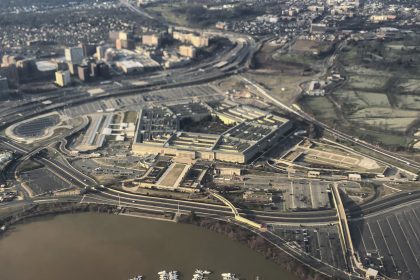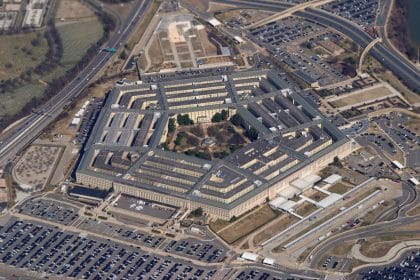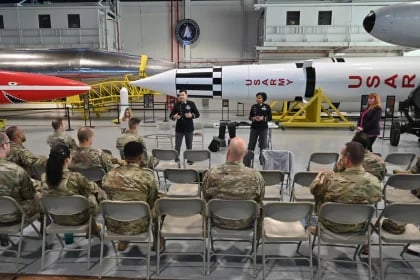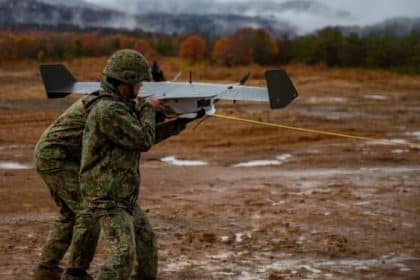Space is the Future for National Defense, Military Officials Tell Congressional Panel
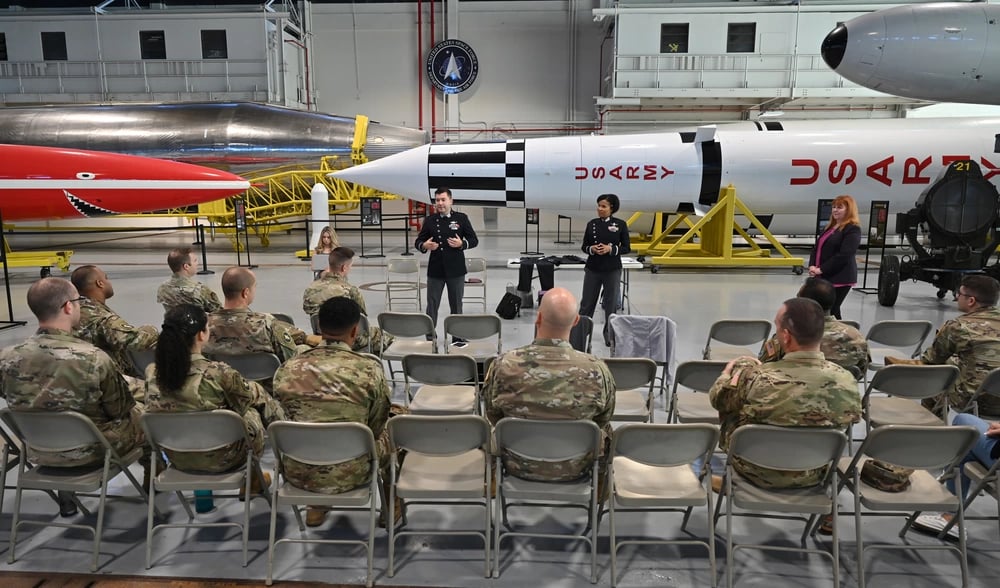
WASHINGTON — Space was described as the final frontier for defending the United States against weapons of mass destruction from China and Russia at a congressional hearing Friday.
Leading the U.S. defense effort is the Space Force, a new branch of the military that seeks to control threats from space.
Lawmakers expressed wide agreement during the House Appropriations Subcommittee on Defense hearing that the two-year-old military branch needs to be well funded.
The Biden administration is requesting a 30% increase in its budget for next year to $24.5 billion. Some Republicans said it should be higher.
In addition to seeking assurances the money would be well spent, subcommittee members asked questions of military leaders that led to a stark description of how dangerous China and Russia have made the world for Americans.
“We find ourselves at an acute inflection point,” said Gen. John W. Raymond, chief of space operations for the U.S. Space Force. “It is clear that the nature of war has changed.”
In Russia’s case, its war with Ukraine led its political officials to warn they will use nuclear weapons if they believe their country is imperiled.
Raymond described China as “a pacing challenge” as it seeks to outpace the United States with development of advanced weapons systems while expanding its influence worldwide.
In one example, he said China has an asymmetric advantage over the United States with its arsenal of hypersonic missiles. They can fly intercontinentally at speeds as much as 20 times the speed of sound, making them difficult to detect with conventional radar and nearly impossible to intercept.
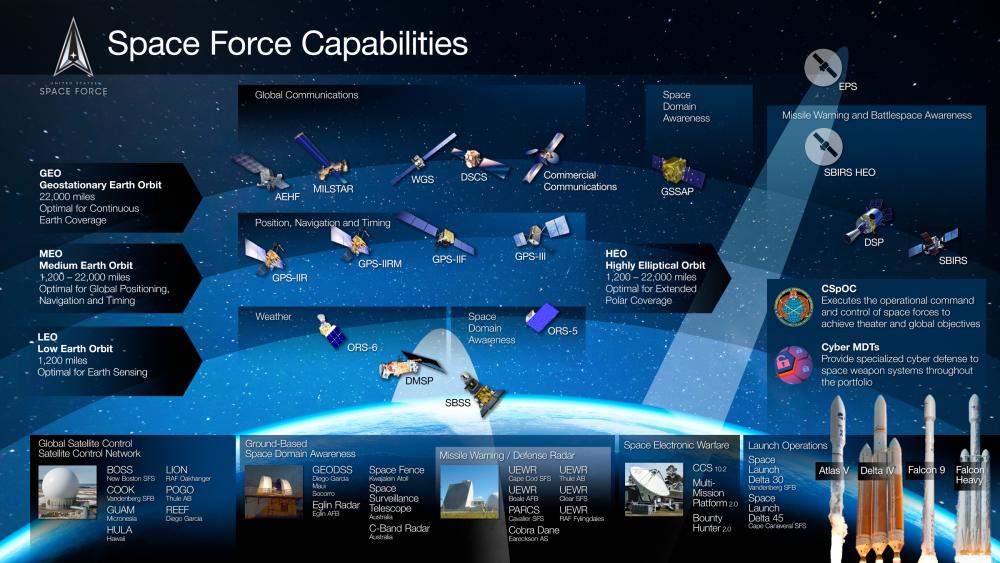
“There’s work to be done and we have to stay focused on that,” Raymond said.
About $16 billion of the Space Force fiscal year 2023 budget would be dedicated to research and development, some of it on detecting, tracking and intercepting hypersonic missiles and aircraft.
Members of Congress asked for assurances the money would be spent effectively, particularly considering a history of delayed deliveries and cost overruns on other projects.
One of them was a global positioning satellite system for tracking missiles that was delivered six years late and 70% over budget.
“I do have some concerns” about the expenditures, said Rep. Betty McCollum, D-Minn., chairwoman of the Subcommittee on Defense.
The Defense Department organized the Space Force in part because its previous administration under the Air Force sometimes lacked the expertise to properly manage new technologies for space-based operations.
It is the world’s only independent space force but remains overseen by the secretary of the Air Force. The Space Force is the smallest U.S. armed service, consisting of 8,400 military personnel and 77 spacecraft.
Its main spacecraft and systems include the Space Fence for tracking satellites and debris, a global positioning system, satellite communications, a Boeing X-37B space plane and the U.S. missile warning system.
Rep. Ken Calvert, R-Calif., said that as adversaries develop weapons that match the U.S. arsenal, national defense increasingly depends on “our continued dominance in space.”
If anything, the Space Force and other military branches deserve a bigger share of the nation’s annual budget, he said.
“I’m deeply troubled by the administration’s weak budget request for defense,” Calvert said.
More warnings came from Air Force officials.
At the moment, the U.S. Air Force is fully capable of meeting foreign threats, said Gen. Charles Q. Brown Jr., the Air Force’s chief of staff. It can retain its capability only if newer technologies continue to replace older systems.
“If we do not continue to transform, this may not be the case,” Brown said.
Frank Kendall, the Secretary of the Air Force, agreed, saying, “Hard choices do lie ahead.”
Tom can be reached at [email protected] and @TomRamstack
















